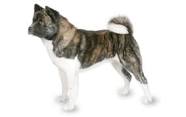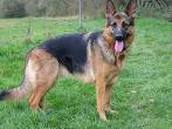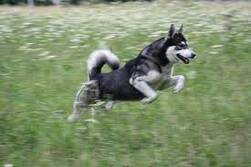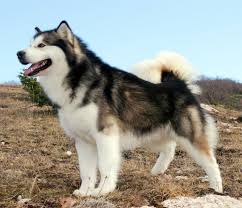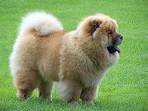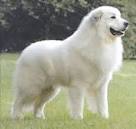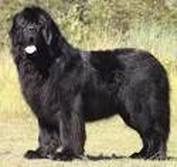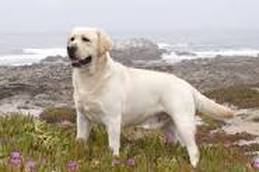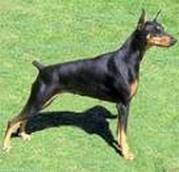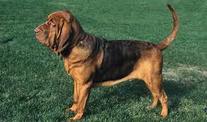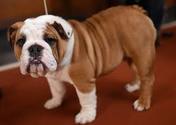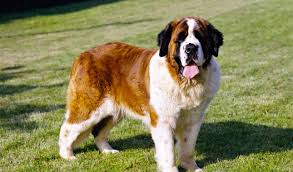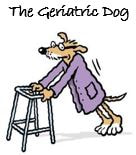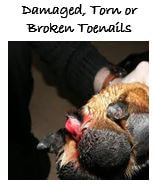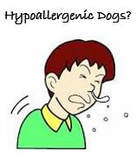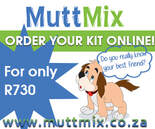
If you, or any of your children suffer from allergies and you are considering getting a cross breed dog, do ensure that none of the breeds below are part of the dog's breed makeup. DNA testing is so easy to do, and in the comfort of your home - no need to go to a vet. Do have a look at how it works, and please contact us if any questions. www.muttmix.co.za
The 13 Worst Dog Breeds for Kids With Allergies
by Michele Borboa - www.sheknows.com
by Michele Borboa - www.sheknows.com
Just because your kiddos have allergies to pets, that doesn't mean your home must be a dog-free zone. But there are certain dog breeds you should avoid — particularly those that shed and drool excessively.
Fluffy, cuddly or sloppy-jowled pups are irresistibly lovable, but unfortunately, they rank high on the list of allergenic dogs. So, before you head to the shelter to adopt a furever pup, take a look at this list of 13 dog breeds that are the worst for children with allergies.
|
Akita
The Akita has a beautiful coat that comes in many colors, but it heavily sheds its coat in the spring and fall, making it a poor choice for kids with dog allergies. Siberian Husky
Well-attired in a thick double coat, the Siberian Husky sheds a ton all year but lets loose of its "blow coat" twice a year. No one can escape it. |
German Shepherd
Another non-hypoallergenic dog, the German shepherd is sometimes called the "German shedder" because it drops fur year-round, especially in the spring and fall. Alaskan Malamute
The Alaskan Malamute also has a biannual "blow coat" along with constant daily shedding, which can quickly affect kids with dog allergies. |
|
Chow Chow
Because the Chow's irresistible cuddly coat comes out in handfuls when it sheds, kids with dog allergies need to keep their distance. The independent Chow will appreciate it, too, because this dog breed isn't big into hugs. |
Great Pyrenees
Who can resist running their hands through the gorgeous coat of the Great Pyrenees? Children certainly can't, and kids with pet allergies will find themselves in a fit of sneezes with this heavy-shedding dog. |
|
Newfoundland
In addition to the never-ending shedding, the larger-than-life Newfoundland is also a drooler. The combination of giant canine, endless fur flying and drool slinging is a sneeze- and wheeze-inducing trifecta for kids with allergies. |
Labrador Retriever
Although the lovable Lab doesn't sport a long coat, this non-hypoallergenic canine does shed, and the resulting dander can lead to allergic reactions. |
|
The Doberman Pinscher
The Doberman pinscher sports a smooth coat, and although it does shed less than a long double coat, this devoted dog drops dander more than other smooth-coated dog breeds. |
Basset Hound
Another smooth-coated canine, the basset hound sheds and leaves dander in its wake. To make allergy matters worse, this droopy-faced dog drools and drools and drools... |
|
Bloodhound
A well-known drool flinger, the bloodhound is also a heavy shedder. Although this affectionate dog is considered a child-loving dog, there is no way to overlook the pools of drool and the constant shedding of fur. |
English Bulldog
Drool, drool, slurp and more drool, the English bulldog can't help but leave saliva everywhere. In addition to leaving wet spots on most surfaces of your home, this non-hypoallergenic dog also sheds fur and dander. |
St. Bernard
A giant of the canines, the Saint Bernard sheds big and drools big. Despite how much it loves children, kids with allergies need to be rescued from the allergens when this dog is in their midst. |
|
The geriatric years for a dog are usually defined as 8 years of age or older. (For giant breeds it is 6 years of age or older.)
|
Damaged toenails are extremely painful at the moment of injury. In many cases, pain will persist until the damaged portion of the nail is removed by a veterinarian.
|
Hypoallergenic dogs are the answer to dog-wanting allergy sufferers everywhere. These breeds are low-shedding, which lessens the amount of hair tossed into the environment to aggravate your allergies.
|

